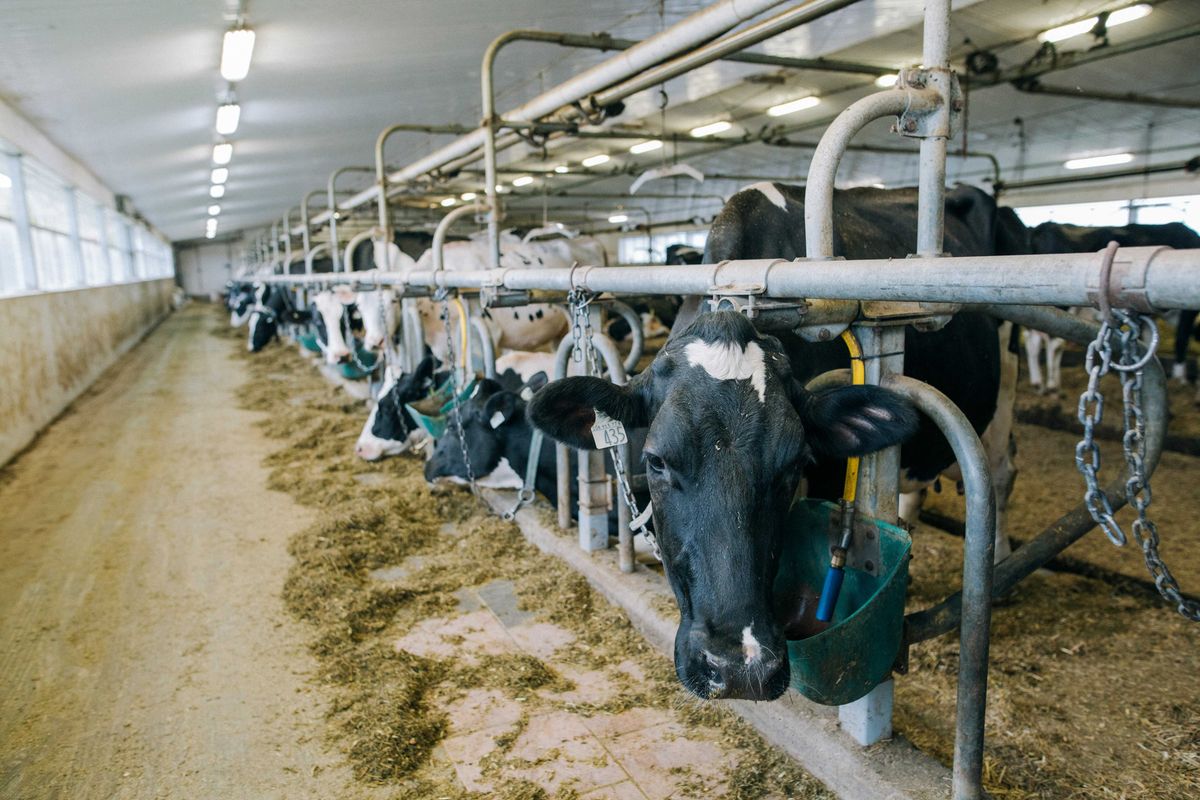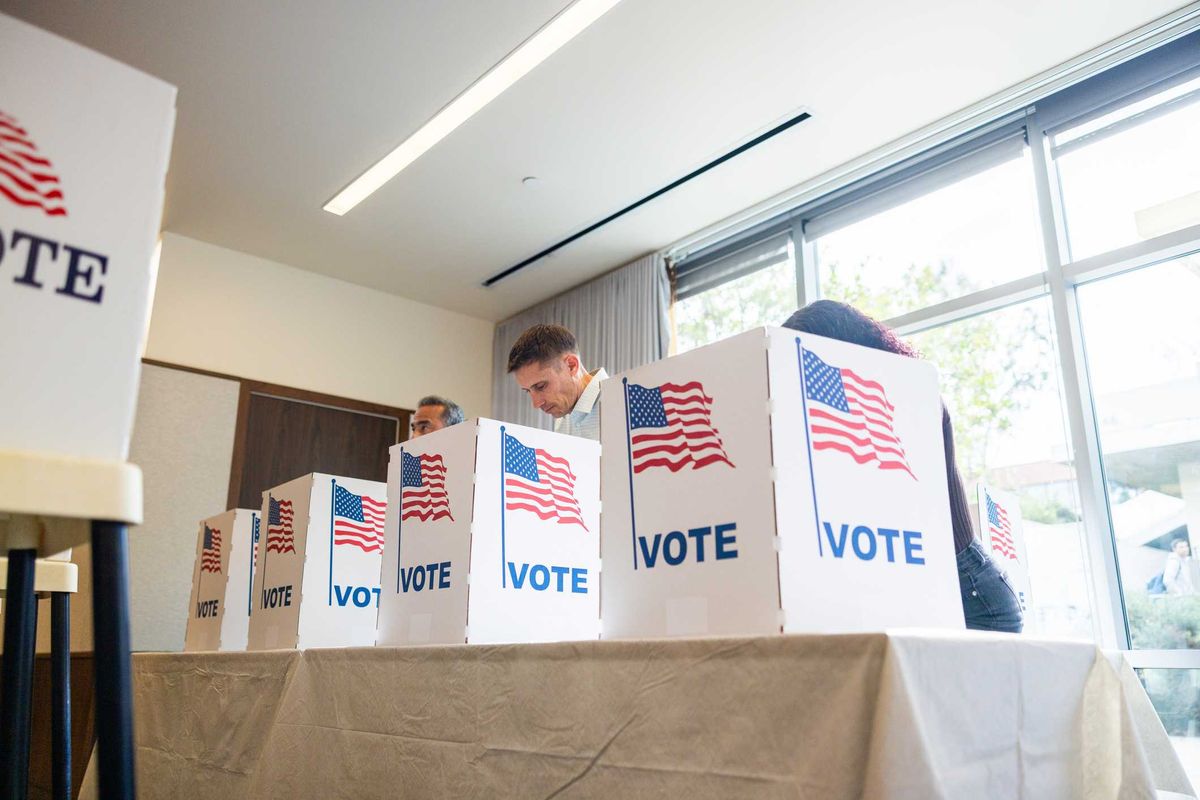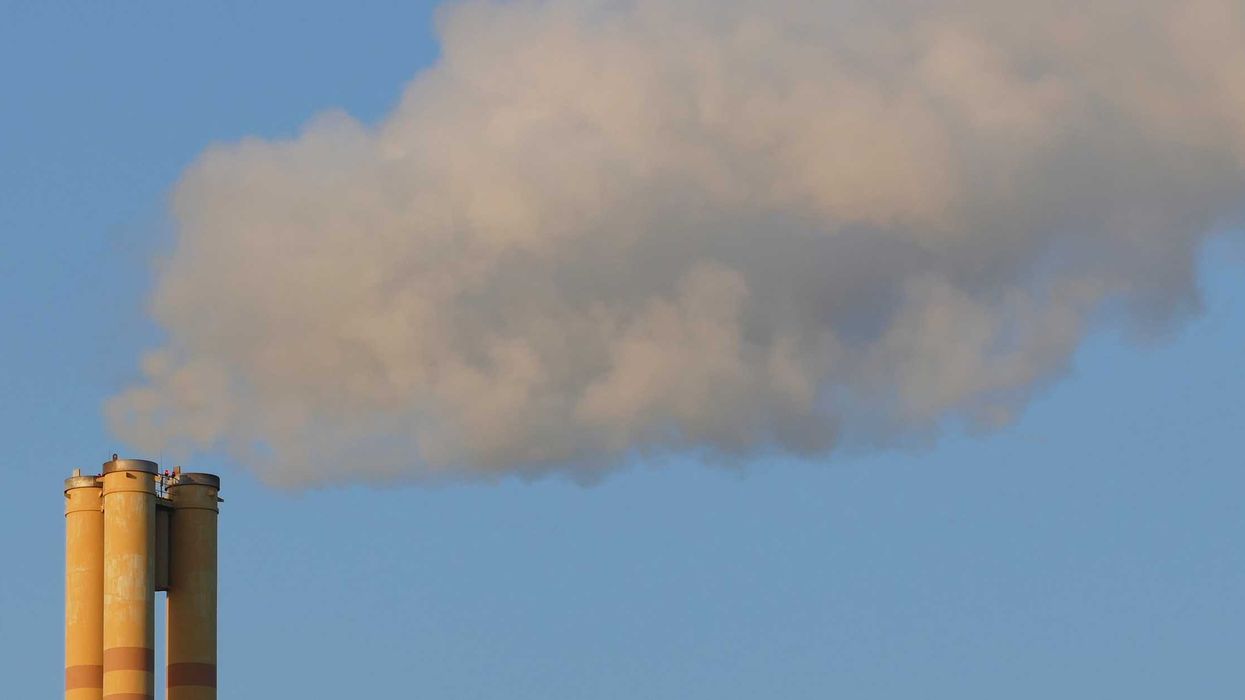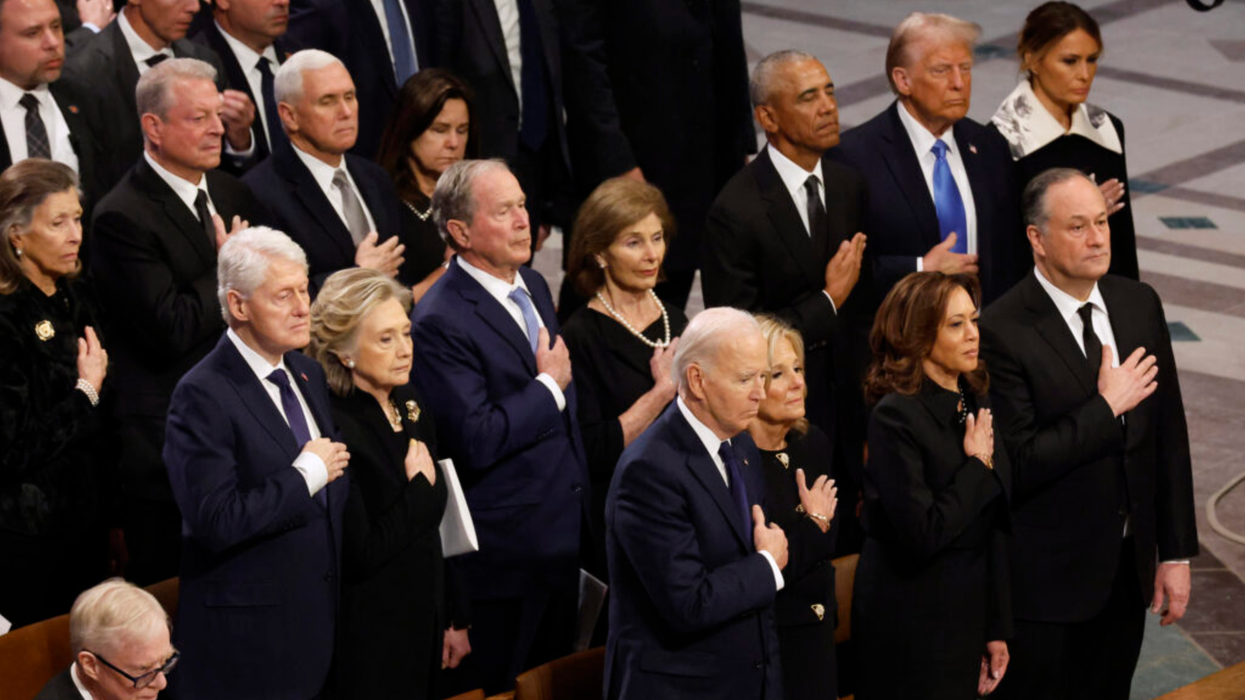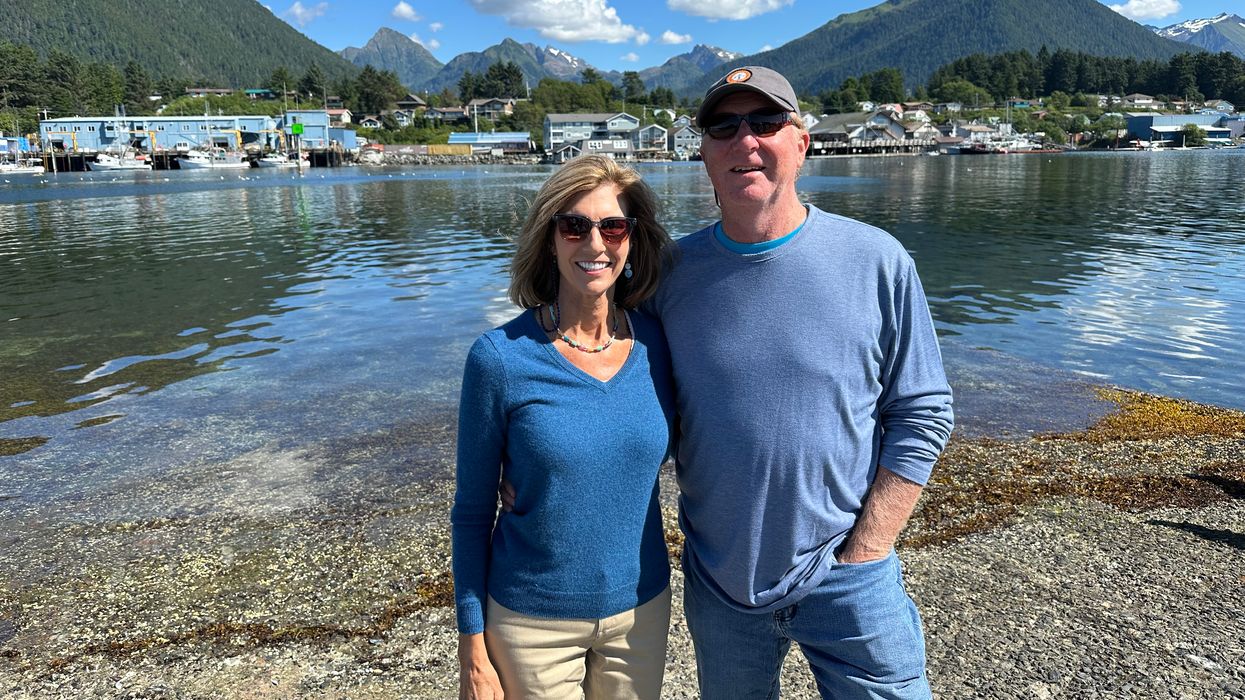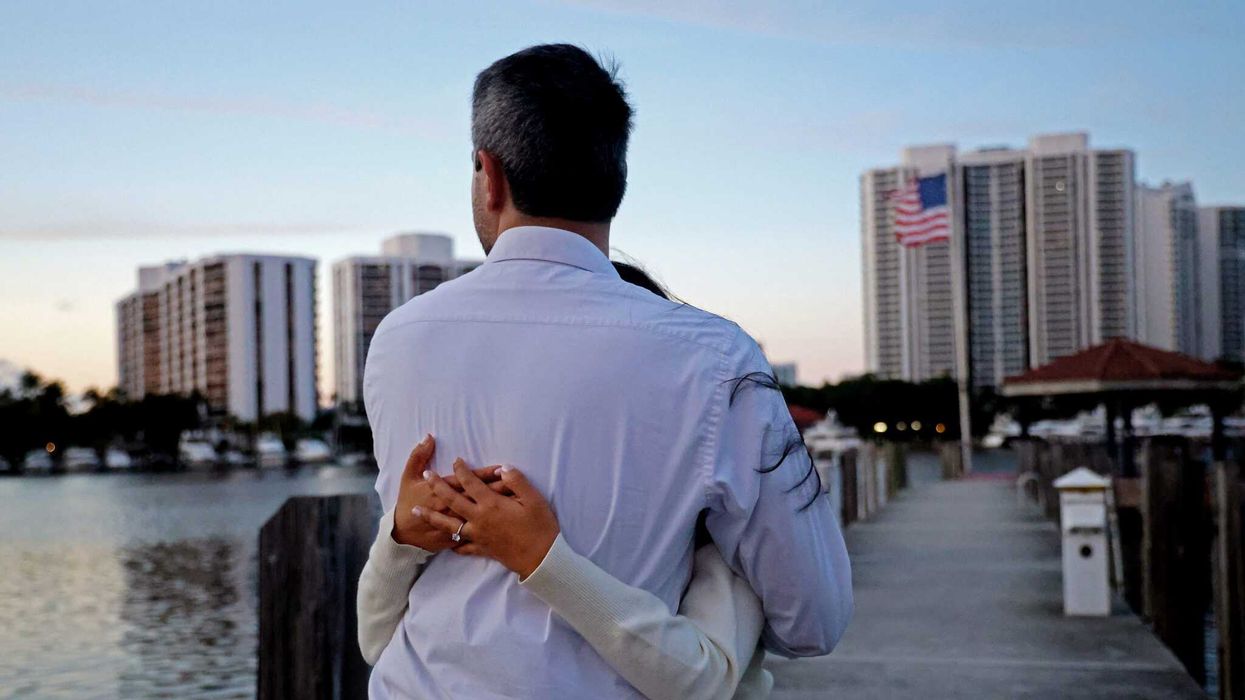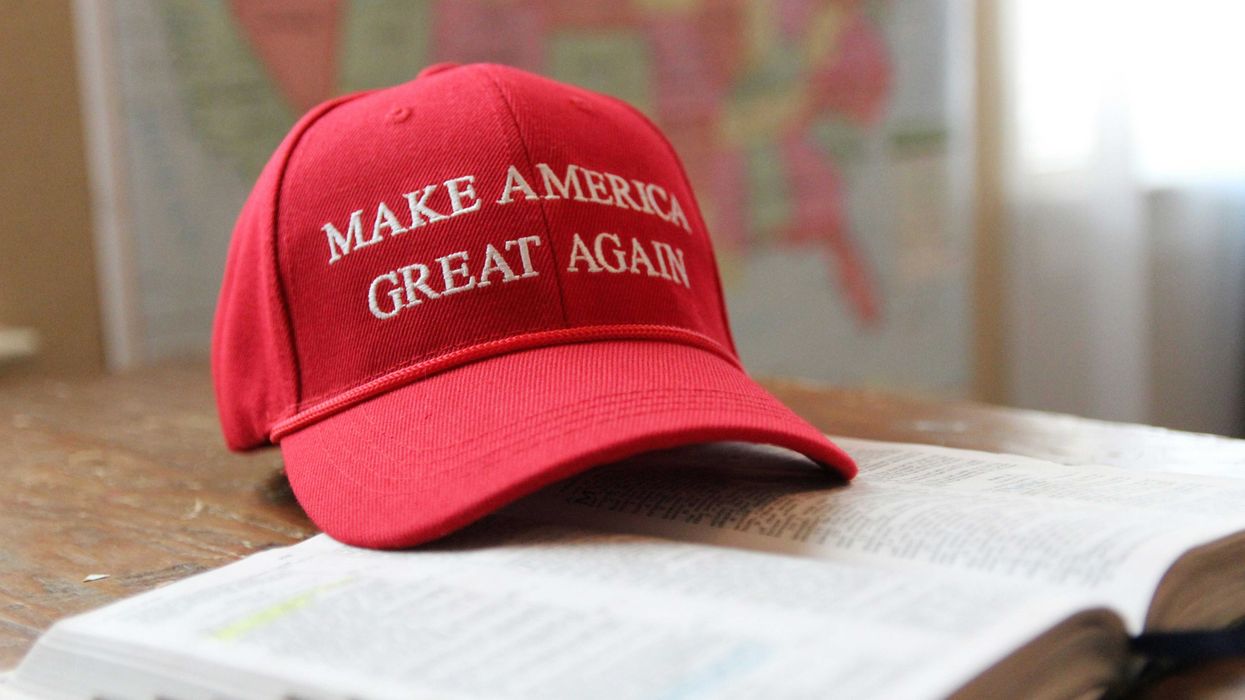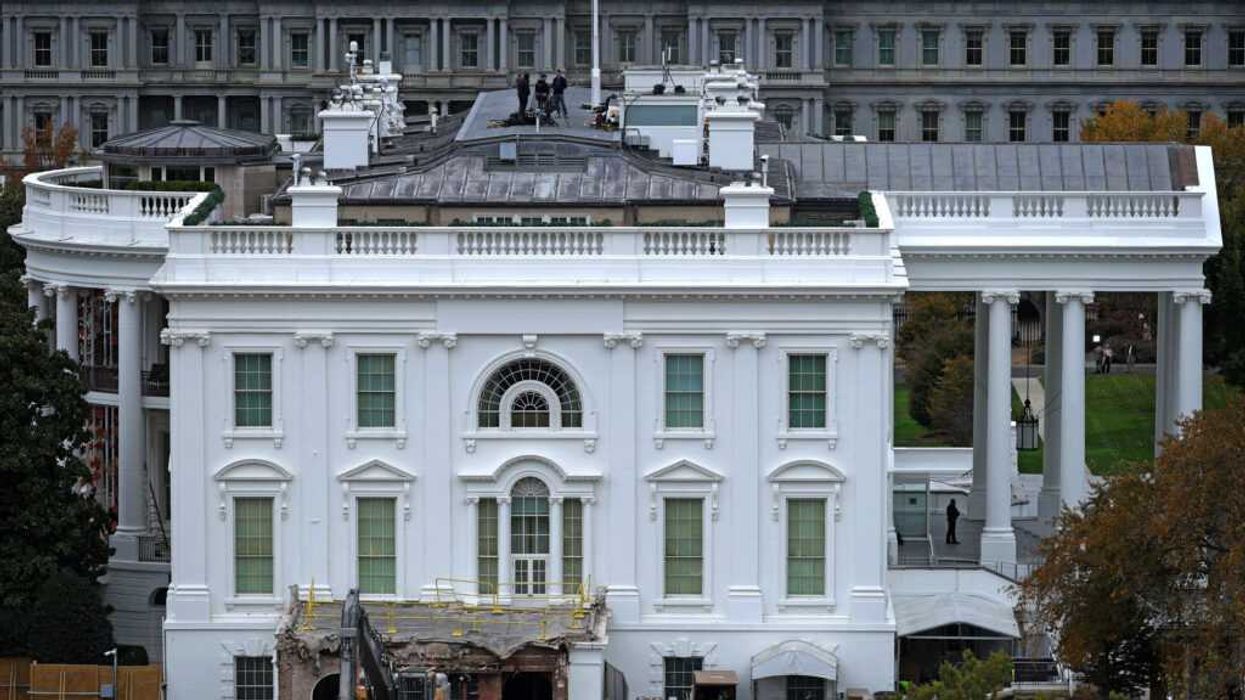Nevins is co-publisher of The Fulcrum and co-founder and board chairman of the Bridge Alliance Education Fund.
Cynthia Richie Terrell, the founder and executive director of RepresentWomen, is an outspoken advocate for institutional reforms to advance women’s representation and leadership in the United States.
Terrell and her husband, Rob Richie. helped to found FairVote — a nonpartisan champion of electoral reforms that give voters greater choice, a stronger voice and a more representative democracy. Terrell has worked on projects related to women’s representation, democracy and voting system reform in the United States and has helped parliamentarians around the globe meet United Nations goals for women’s representation and leadership.
She has worked as campaign manager and field director for candidates for the presidency, the House of Representatives, the Senate and governor. She has also been involved in state and city-wide initiative efforts, including a state equal rights amendment.
In 2024 Terrell was named one of Washington, D.C.’s top policy experts and received a Generational Impact Award for her work on voting system reform. Terrell is a member of Citizen University’s Civic Collaboratory and was named a Brewer fellow along with a cohort of leaders in the democracy reform movement. She has a chapter on women and the presidency in the 2020 volume of “ The Best Candidate: Presidential Nomination in Polarized Times.”
Terrell writes a weekly column on women’s representation for Ms. Magazine and has been published in The Washington Post, The New York Times, The Hill, Refinery29, The Nation, the Pittsburgh Post Gazette, The American Prospect, The Philadelphia Inquirer, The Baltimore Sun and The Christian Science Monitor. She has appeared on C-SPAN’s “Washington Journal” and has participated in numerous radio shows, podcasts and panel discussions on the topics of electoral reform and systems strategies to advance women’s representation and leadership.
Terrell is an avid knitter and gardener, has three children, and is active in local politics and in the Quaker community. She graduated with a bachelor’s degree in political science from Swarthmore College in 1986.
I had the wonderful opportunity to interview Terrell for the CityBiz “Meet the Change Leaders” series. Watch to learn the full extent of her democracy reform work.
- YouTubewww.youtube.com


